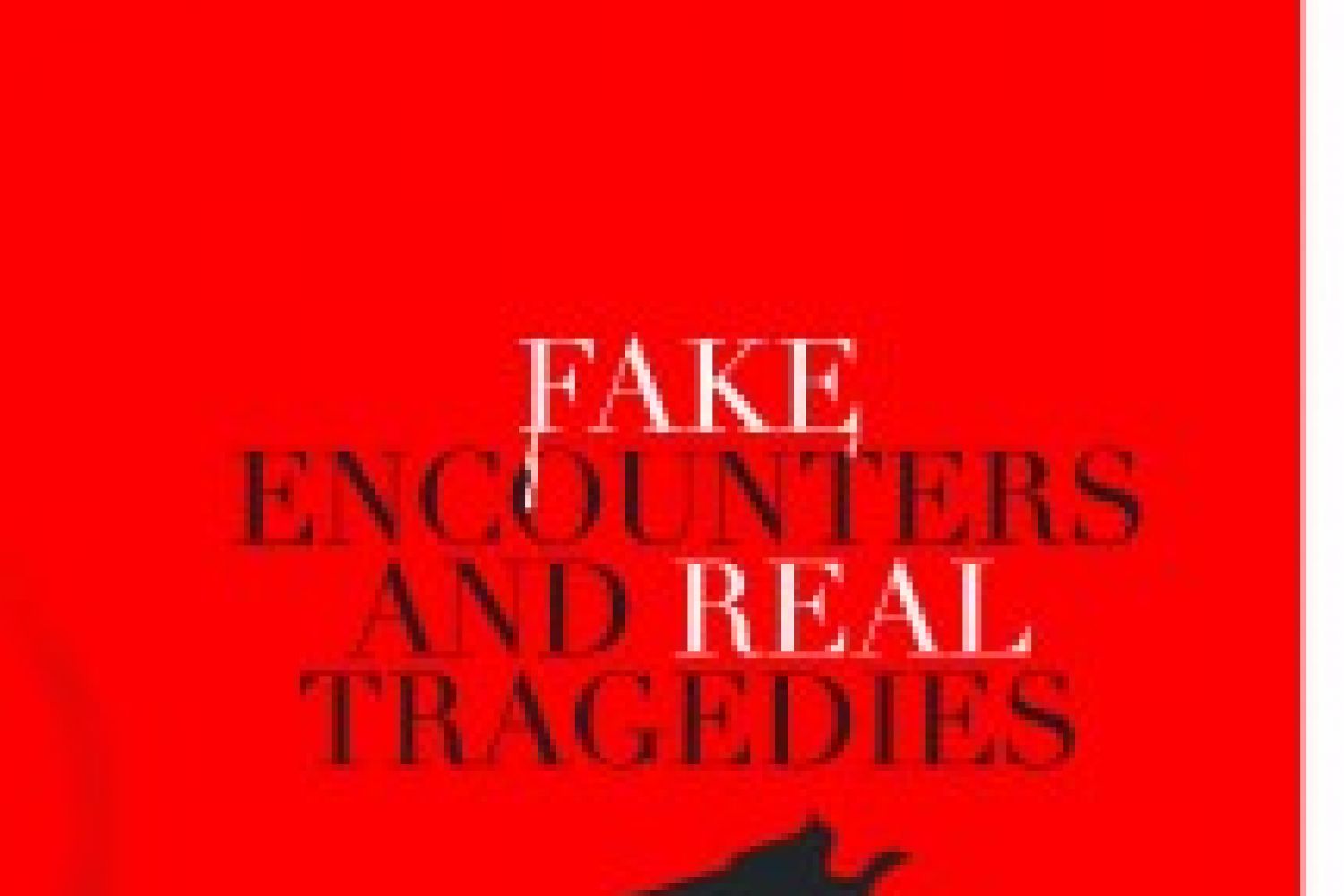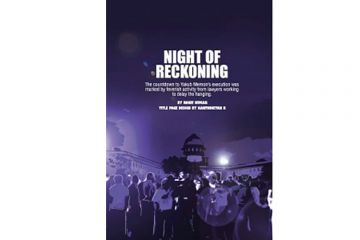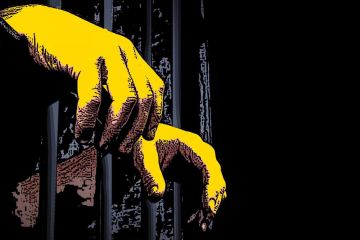
Twenty-two days separated the fates of the 17 alleged SIMI
terrorists acquitted by the First Additional Sessions Court, Hubballi, and
Mohammed Viqaruddin and his five co-accused, gunned down off the Aleir highway
between Warangal and Hyderabad on April 7. The prosecution’s case against the 17 collapsed when the
court held that there was no evidence against the men the Karnataka police had
accused of being terrorists, and tortured for seven years. Viqaruddin and his
companions, also facing
Continue reading “Fake encounters and real tragedies”
Read this story with a subscription.





